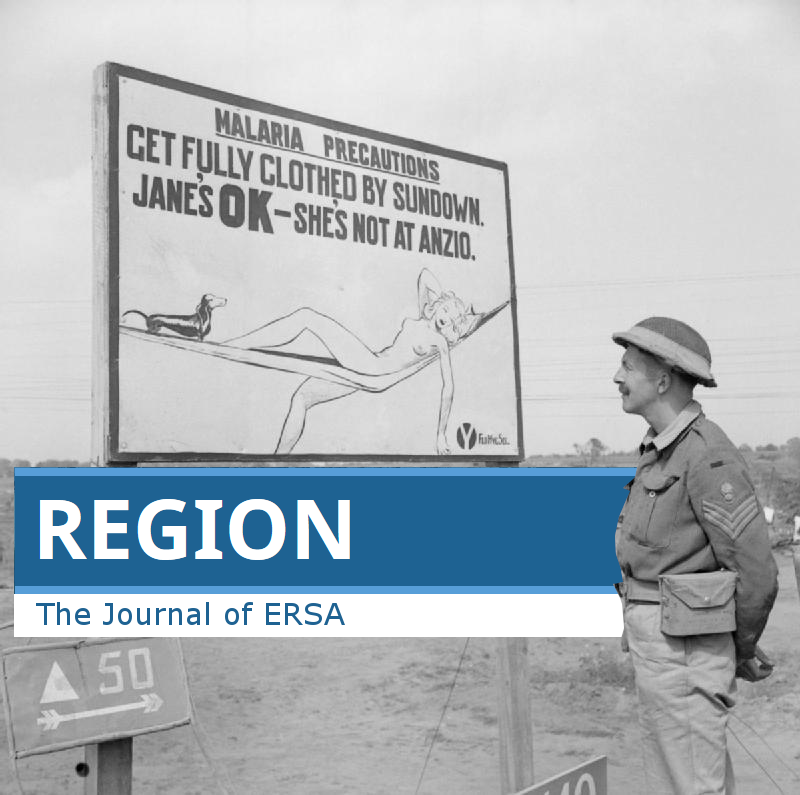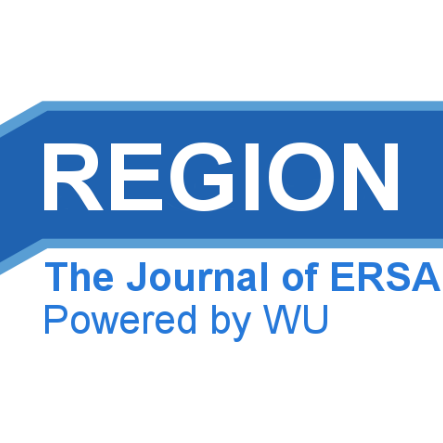Spatial Health Inequality and Regional Disparities
Historical Evidence from Malaria in Italy
DOI:
https://doi.org/10.18335/region.v8i1.325Abstract
Geography and the quality of the environment may have long lasting effects on the living standards of individuals and this, in its turn, may affect even substantially the distribution of income and regional disparities. In this paper I consider malaria as a measure of “bad geography” and propose some evidence showing that it was a major determinant of the health of individuals (as measured by the height of conscripts) and its disparities between individuals and regions in Italy. In particular, to estimate the relationship between malaria exposure and height, I rely on the “fetal origins hypothesis”, that is I hypothesize that exposure to malaria in utero or during childhood has persistent effects on health. Periods under scrutiny in this paper are the last two decades of the XIX century, a period without major public health interventions, and the years around the eradication era in the 1950s. My results support the hypothesis that geographically targeted policies may reduce health inequality between regions and within regions.

Downloads
Published
How to Cite
Issue
Section
License
Copyright (c) 2021 Marco Percoco

This work is licensed under a Creative Commons Attribution 4.0 International License.
REGION is an open journal, and uses the standard Creative Commons license: Copyright We want authors to retain the maximum control over their work consistent with the first goal. For this reason, authors who publish in REGION will release their articles under the Creative Commons Attribution license. This license allows anyone to copy and distribute the article provided that appropriate attribution is given to REGION and the authors. For details of the rights authors grant users of their work, see the "human-readable summary" of the license, with a link to the full license. (Note that "you" refers to a user, not an author, in the summary.) Upon submission, the authors agree that the following three items are true: 1) The manuscript named above: a) represents valid work and neither it nor any other that I have written with substantially similar content has been published before in any form except as a preprint, b) is not concurrently submitted to another publication, and c) does not infringe anyone’s copyright. The Author(s) holds ERSA, WU, REGION, and the Editors of REGION harmless against all copyright claims. d) I have, or a coauthor has, had sufficient access to the data to verify the manuscript’s scientific integrity. 2) If asked, I will provide or fully cooperate in providing the data on which the manuscript is based so the editors or their assignees can examine it (where possible) 3) For papers with more than one author, I as the submitter have the permission of the coauthors to submit this work, and all authors agree that the corresponding author will be the main correspondent with the editorial office, and review the edited manuscript and proof. If there is only one author, I will be the corresponding author and agree to handle these responsibilities.




